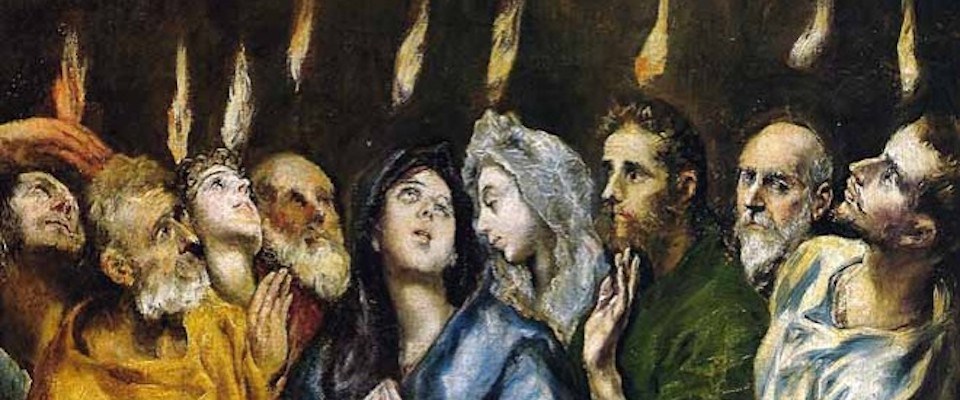In the introduction we saw that Matthew and Luke are the only gospels which include “fire” in John the Baptist’s narrative. If Matthew and Luke are the priestly and prophetic gospels, the inclusion of fire is of great importance. Priests are servants of the altar, working with fire every day. They were to keep the fire burning day in and day out (Leviticus 6:9, 12-13). Their primary duty was sacrificial worship, which included placing offerings into the fire (Leviticus 1:7-9). This fire may have also been used to put men to death (Leviticus 20:14, 21:9).
Prophets, too, are associated with fire. Isaiah, Jeremiah, and Ezekiel employ the use of fire more times than any other book of the Bible. Elijah is perhaps our greatest prophetic example, considering he and John the Baptist are closely associated in the gospels. Elijah calls fire down from heaven, once upon the prophets of Baal (1 Kings 18:24-40) and again upon the captains of Ahaziah (2 Kings 1:9-18). Now John prophesies a similar judgment (Matthew 3:12; Luke 3:17). John functions as a new Elijah, warning unfaithful Israel of impending doom. Elijah called upon YHWH to bring fire down from heaven; John calls upon YHWH incarnate to do the same.
Fire is not always a picture of judgment, however. Fire is often a source of blessing and the presence of God himself. He appears to Moses at the burning bush and leads Israel by fire at night (Exodus 3:2; 13:21). He descends upon Mount Sinai “in fire” (Exodus 19:18; 24:17). The fire of the altar, mentioned above, was lit by God to show his glory and acceptance of worship (Leviticus 9:23-24; 2 Chronicles 7:1).
Even the burning of the sacrificial animal is a picture of transformation into God’s presence, not judgment. The slaying of the animal is the judgment (Leviticus 17:11), the burning is an ascension into YHWH’s glory cloud above the tabernacle (Numbers 9:15-16). The animal is turned to smoke, rising to God as a “sweet aroma” (Leviticus 1:4, 9). Elijah’s fire scenes mentioned above are judgments on the wicked. Yet in his final scene, fire is Elijah’s portal to heaven (2 Kings 2:8-18).
In the New Testament, the Greek pur [fire, flames] is used 74 times. At least five verses are references to God (Acts 7:30; Hebrews 12:29; Revelation 1:14; 2:18; 4:5). Another five depict fire for the purpose of salting/seasoning (Mark 9:49), testing (1 Corinthians 3:13; 1 Peter 1:7), saving (1 Corinthians 3:15), and refining (Revelation 3:18). The “tongues of fire” at Pentecost did not consume the disciples, but empowered them (Acts 2:3-4). Also consider the references to God as “light” (John 1:4-5, 7-9; 8:12; 1 John 1:5; James 1:17). To the original audience, speaking of God in this way would have been a reference to fire as it was the primary source of light in the ancient world.
Clearly, fire is an important symbol in Scripture. We see that it can be a blessing or a judgment; it can even be God himself. How does this relate to John the Baptist’s use of “Spirit and fire” together? When John says, “He will baptize you with Spirit and fire,” does the conjunction kai [and] indicate two separate baptisms? Can we interpret John as meaning, “He will baptize you with Spirit and also baptize you with fire?” Or, are Spirit and fire two aspects of a single baptism? Perhaps “fire” is simply a descriptor of the Spirit? We should also ask how the three mentions of “fire” relate to each other. Are they all the same fire, or different in nature?
Continue at Theopolis Institute
















